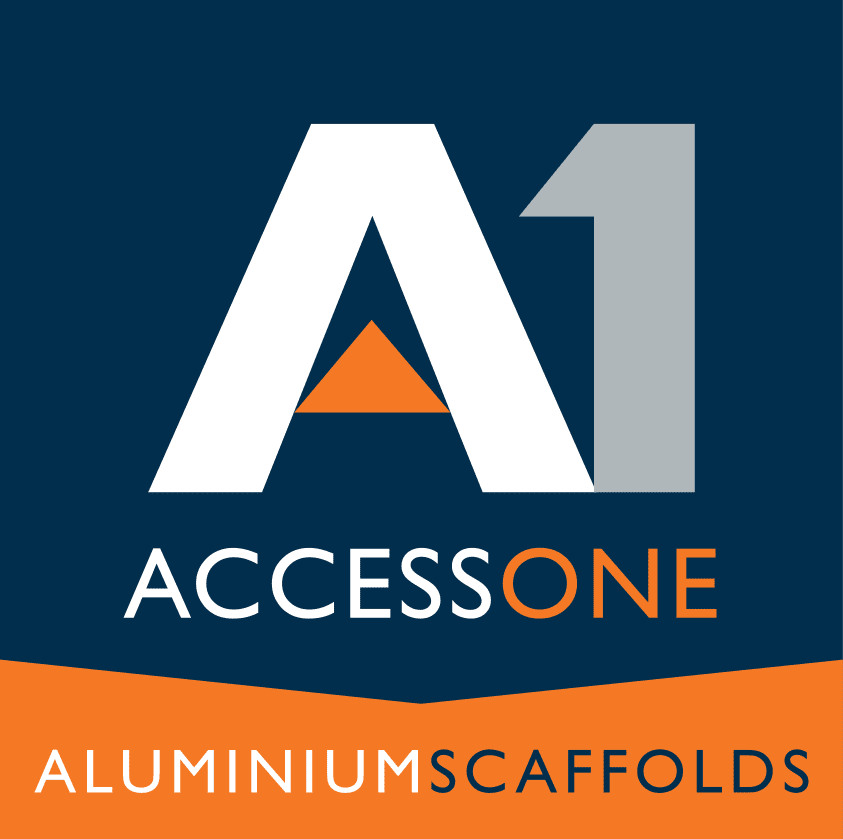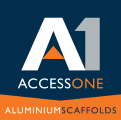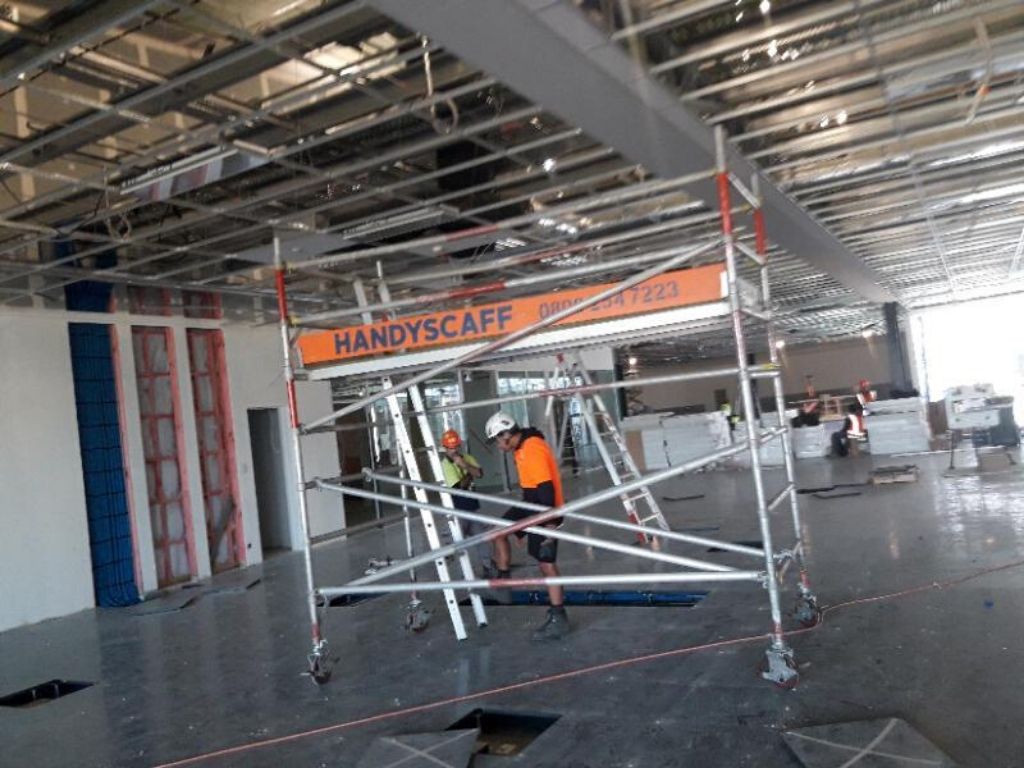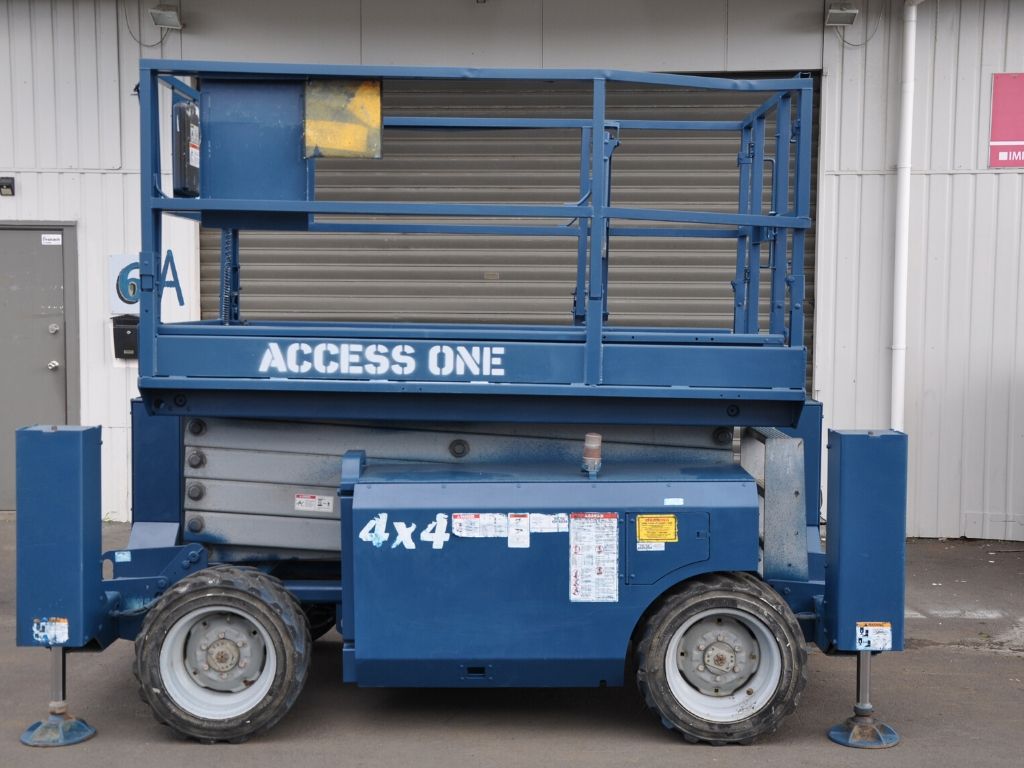Scaffold Safety (Working at Heights)
Whenever additional hazards are added to a workplace – such as scaffolding – it naturally produces additional risks, in this case, working at heights.
When scaffolding is introduced to a site, the employer or contractor (as well as the Person Conducting a Business or Undertaking) has a duty to ensure suitable systems of work, plant, or machinery, eliminate or control risks to employees, and provide information and training.
The employee also has a duty with regards to contributing to a safe working environment. This includes taking reasonable care for one’s own safety, and others.
Safety measures to consider when working with scaffolding.
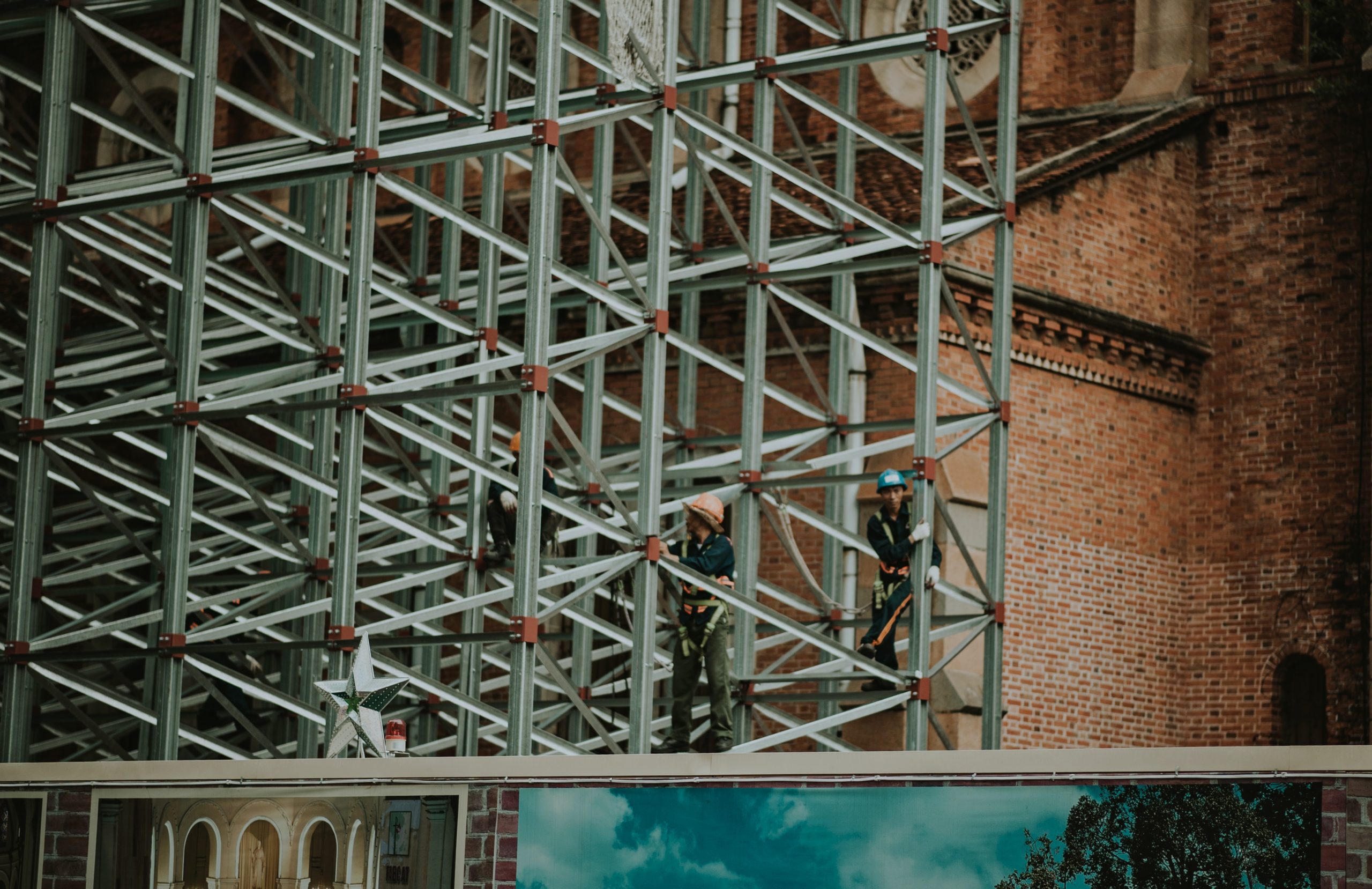
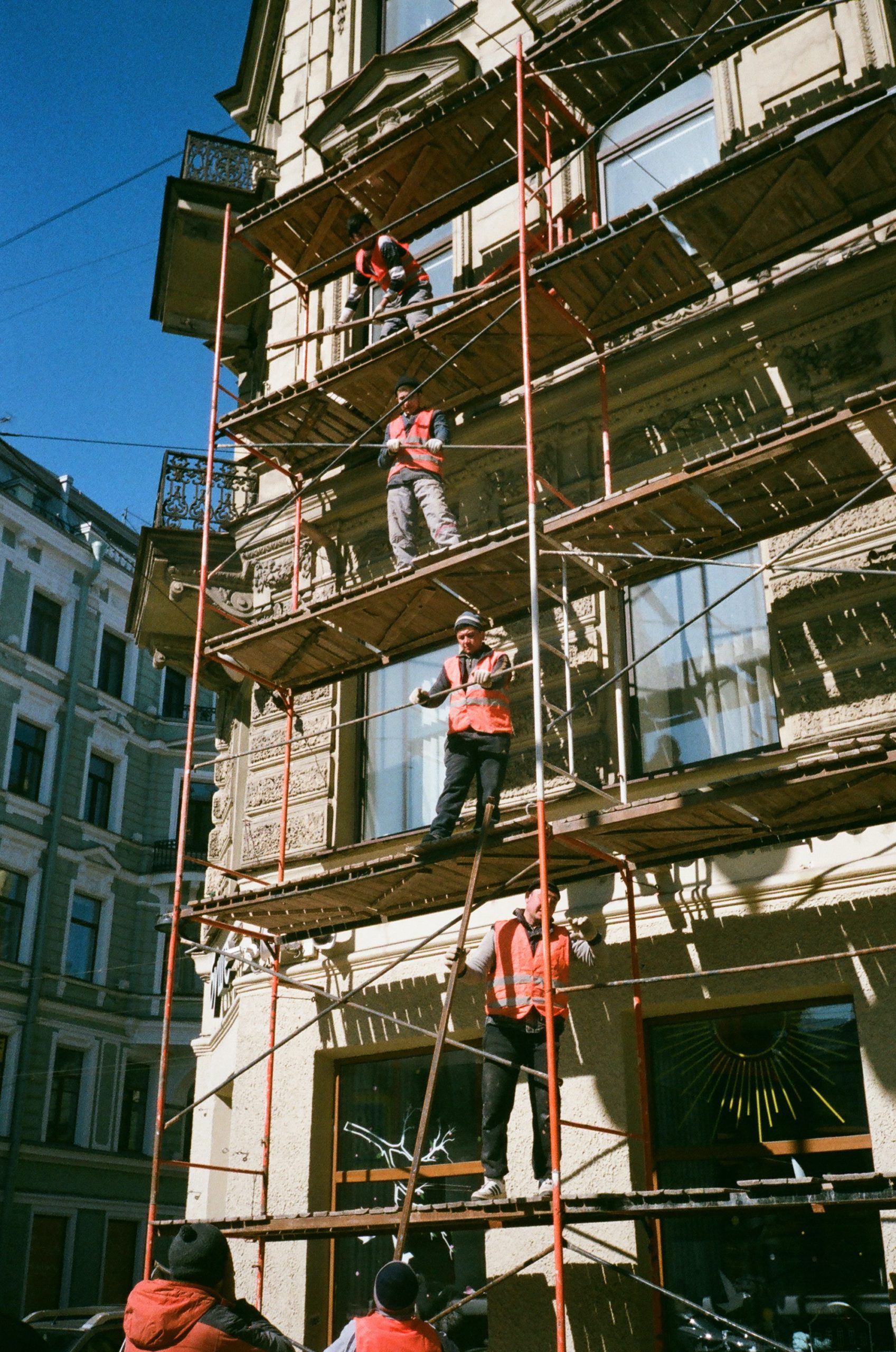
1. Correct scaffolding configuration
Scaffolding whether hired or self-owned to be inspected for correct tags, and current inspection expiry date, as well as comply with relevant government’s standards and supplier’s/manufacturer’s guidelines.
Ensure that you are using the right types of bracings and fasteners. Any incorrect fastenings/shortcuts could compromise the entire structure. Guardrails should be used whenever possible. Best practice would be all four sides when required.
2. Area preparation
Inspect the immediate area to identify any hazards and their risks, which could have an influence on the scaffolding. Trees, electrical wires, telephone wires, etc. Consider possible changes in weather. Cranes and heavy equipment should always be kept clear of the scaffold’s base.
Ensure barricading to prevent collisions with the base, which can cause the whole structure to topple/collapse. In certain cases, it may be necessary to have heavy equipment nearby on site. In those situations, ensure that the equipment has enough safe clearance.
3. Regular inspections
Inspect surface/floor area before erecting scaffolding for stability and levelness. Scaffolding must be level at all times. Any unevenness at the base can have a serious effect at the top of the scaffold. After erecting scaffolding, the scaffold works area should be checked over regularly for hazards, defects, debris, etc. that could cause additional hazards.
Inspections should be conducted at the start of every work shift. Tools and equipment should be put away at the end of each shift, no tools or materials should be left on the platform because it could create hazards for those on the scaffolding, and those working below.
4. Load distribution
Balance is important to accommodate workers in such a way as to ensure they have room to move safely without bumping into each other. An overcrowded platform is unsafe. Risk assessment must determine worker capacity. Any damaged scaffolding must be discarded – no homemade repairs must be attempted on scaffolding of any type.
It is also important to consider the different types of load (weight and size) of material which would be used on site, during setup and the construction phase.
5. Awareness on and off the clock
When using a scaffold, the walkway may be able to hold, for example, the weight of five worker’s walking, but if they all fell over at once – can the rail which hooks up the harness ring hold the weight of five workers at once?
When applicable, signage and adequate lights must be in place, to warn any construction/road traffic after hours or at night of the erected scaffolding.
6. Personal protective equipment
Personal protective equipment or PPE is any apparatus or equipment designed to be worn or held by an individual for protection against one or more health and safety hazards.
It reduces the effect of the damage an injury may cause. It is important that PPE, harnesses etc., fit correctly and do not themselves add to existing hazards if incorrectly sized or used. It should fit comfortably, encouraging worker use, and ensuring protection.
More from Access One
Fixed Aluminium Scaffolding
Lightweight, aluminium scaffolding made in New Zealand. Designed for the larger projects, our qualified team is here to help.
Handy Scaff - Mobile Scaffolds
Lightweight, easy to erect, mobile aluminium scaffolding towers, perfect for the DIYer. Check out our Handy Scaff Towers.
Shrink Wrap
Whether it's a roof, full house, boat or factory call us today to discuss your shrink wrap requirements and let us help organise the right solution for you.
Machine Hire
Electric Scissor Hoists and Rough Terrain Machines, Boom Lifts and Trailer mounted Cherry Pickers. We have a solution for you.
Contact Us
